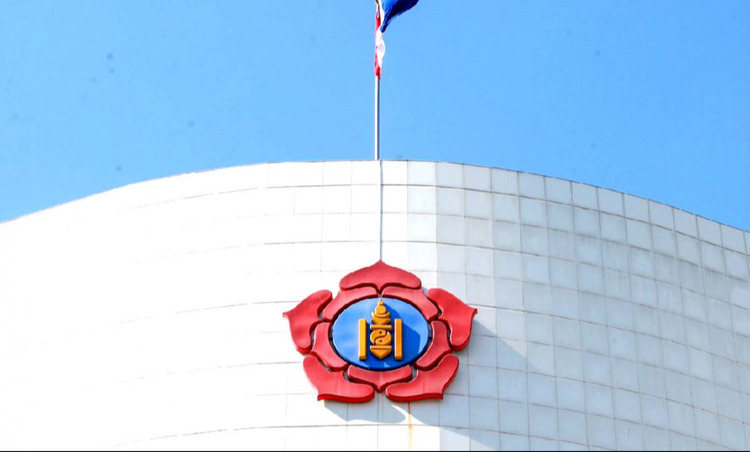The fast-growing economy of Mongolia (17.5% growth in 2011) has sharply gone down. The decline is explained by mining and foreign investment, the two main pillars on which the economy has stood.
Other key factors are considered to be commodity prices hitting their lowest levels in the last few years, and the large-scale projects on hold, waiting for stability in Mongolia’s governance.
Ts.Davaadorj, who holds an Sc.D. from the Institute of Economy and Finance, sees the current economy as being at a “folding point”, saying that Mongolians failed to benefit from great opportuni-ties as the commodity cycle went down. Mongolia faced economic crises in 1991-2000 and 2008-2010, followed by “rainbow years”, where economic expansion and growth reached their peak and then plummeted in 2014. This point is what Dr. Ts.Davaadorj calls the “folding point”. But looking back on
the more recent economic crisis of 2010-2015 (its growth and crisis cycle), Mongolia can overcome economic hardship by 2020 by continuing the development of large-scale projects, advancing policy to expand and enlarge domestic production, and by setting a stable foundation for the economy says Dr.Ts.Davaadorj, looking optimistically at the future of Mongolia. A report from World Bank forecasted factors that will have an impact on the economy in 2016, including:
- Parliamentary elections
- Financing of large-scale projects like Oyu Tolgoi’s underground mine
- Debt burden
- Financial sector circumstances
- Construction sector
- External environment
Concerning the external factors, there is little hope of commodities regaining their value. As global investors expect the economies of developing countries to slow down, cash flow will be directed at de-veloped countries which are likely to have guaranteed growth the WB report highlighted.
Regarding large-scale projects, Oyu Tolgoi underground mine development hasn’t yet started, and Tavan Tolgoi and its railway projects haven’t been resolved. The parliamentary elections held on June 29, 2016, formed a new Parliament that has been strongly critical of previous officials, who they blame for the loans and social welfare programs that have negatively impacted the economy. The new gov-erning party, the MPP, has promised to carry out stable economic policy.
Economists warn the government that the repayment of the loans and debts burdening the Mongolian economy will come due in 2017.
Bonds issued by the Government of Mongolia so far:
In November 2012
- 5 yr 500 million USD bond with 4.125% interest
- 10 yr 1 billion USD bond with 5.125% interest
A total of 1.5 billion MNT was issued for the Chinggis Bond (expiring in 2022)
In December 2013
- 10 yr 30 billion JPY Samurai Bond with 1.52% interest
Interest payment for the bonds will start in 2017. Economists advise the government to take
early action to extend or reschedule bond payment.


Source: Infomongolia&Mine &Money magazine. September 2016
For Mongolian version please visit here
Монгол эхийг энд дарж уншина уу






















Сэтгэгдэл байхгүй байна